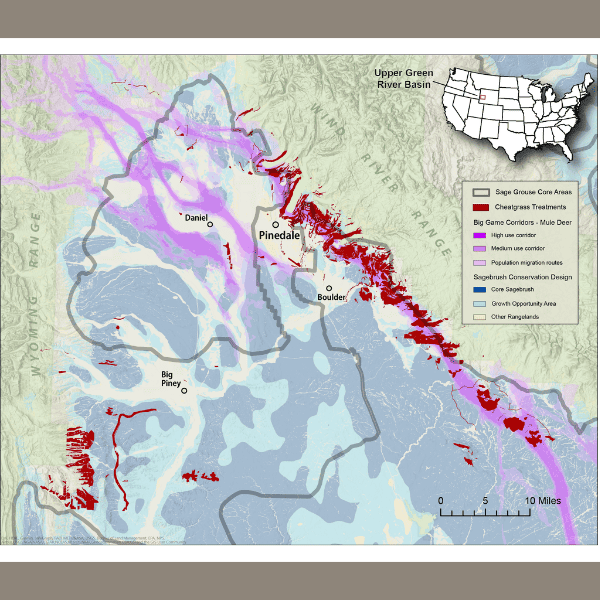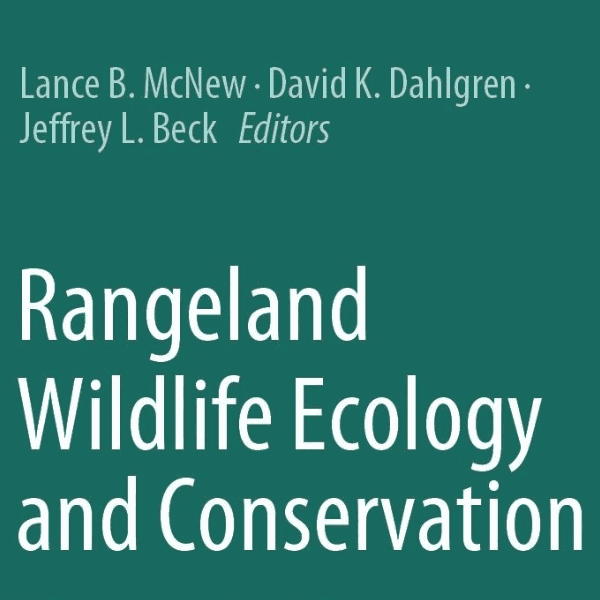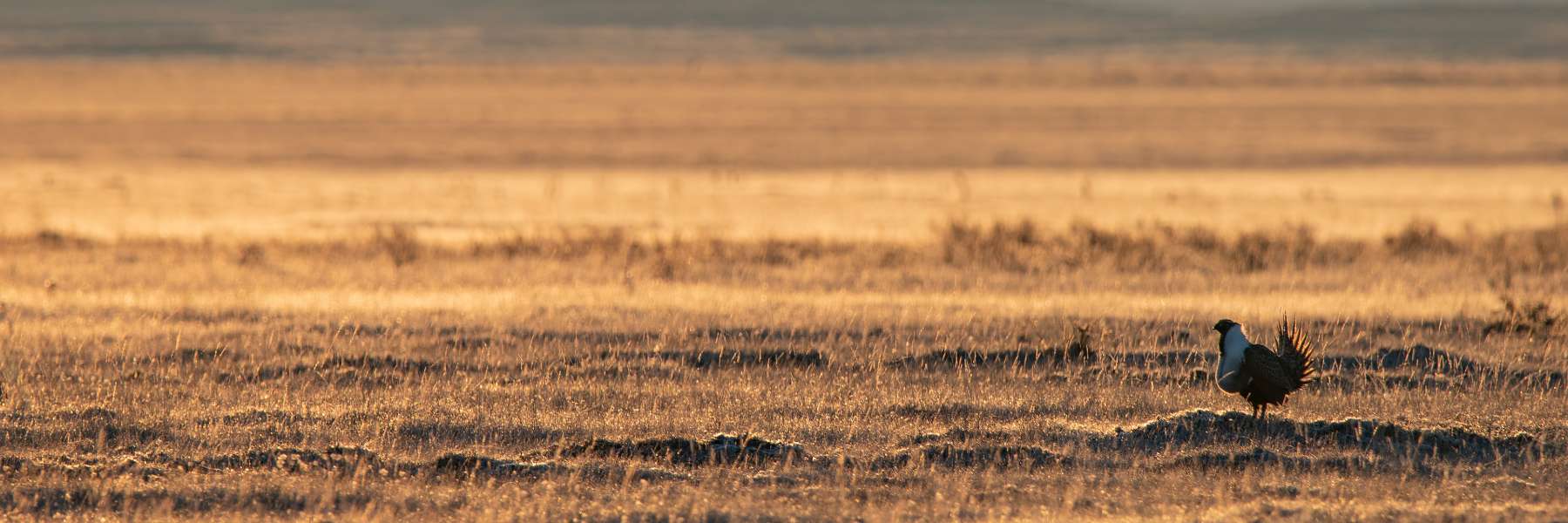
Photo: Jeremy Roberts, Conservation Media
Sage Grouse
Sage grouse define the American West. We're working to make sure they thrive through win-win, voluntary conservation.
Sage grouse are symbols of the vast valleys, beautiful mountains, and wide-open rangelands that define the American West. They dance each spring at leks in 11 states across their 173 million-acre range.
Because these upland birds rely on healthy sagebrush habitat to survive, they are often called an “umbrella species.” This means sage grouse are barometers for how western rangelands are faring, along with 350 other species like elk, pronghorn antelope, mule deer, rabbits, and songbirds.
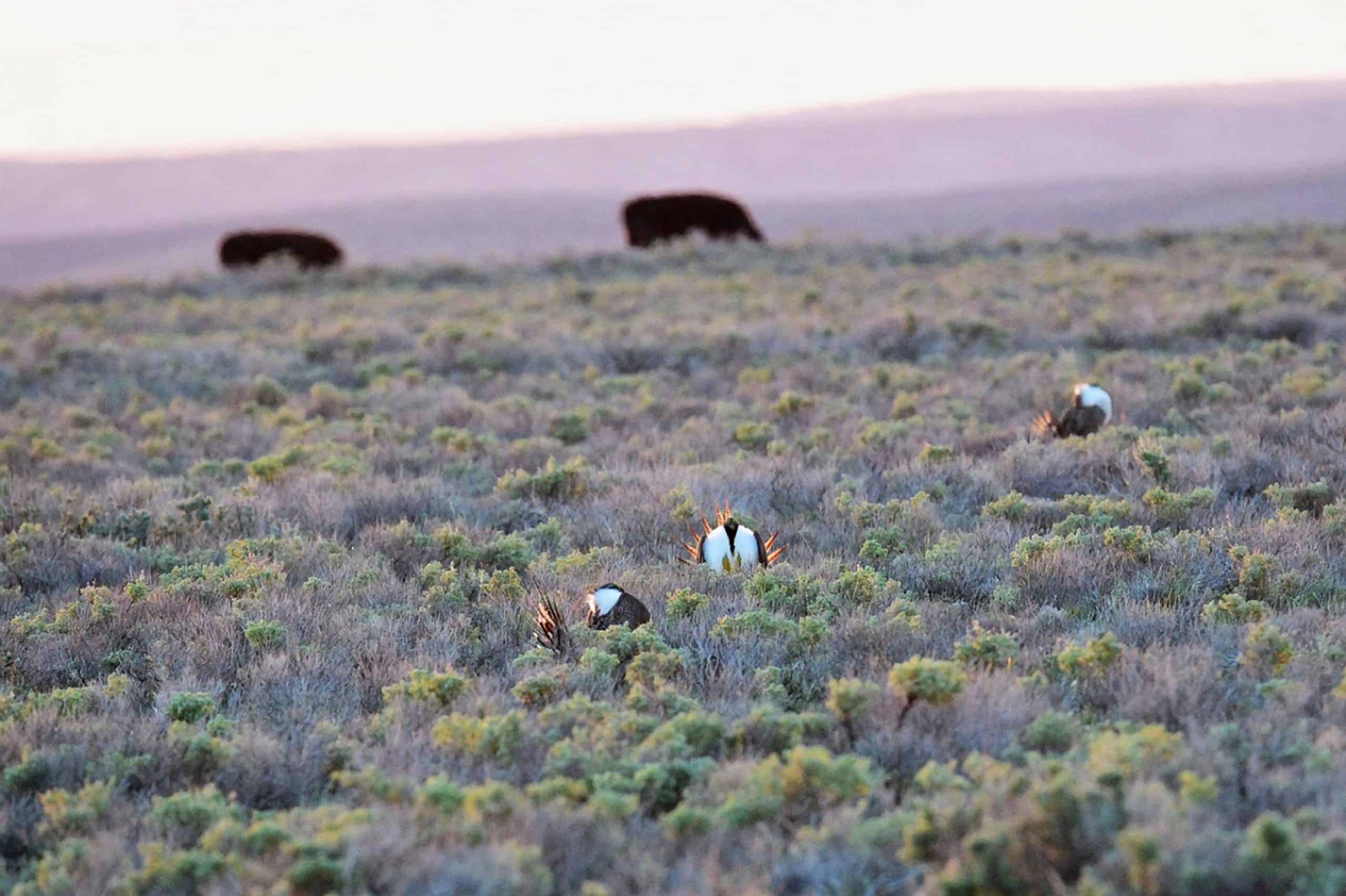
Photo: Ken Miracle
The landscape that supports these species is in peril. The once-vast sagebrush sea has dwindled to half of what it once was due to threats like development, noxious weeds, and invasive trees. Sage grouse populations plummeted as their habitat disappeared. Research shows that we're still losing 1.3 million acres of sagebrush habitat per year to conifer expansion, invasive annual grass invasion, and land-use conversion. Addressing these threats is critical to preserving sage grouse and sagebrush rangeland.
Much of the best sage grouse habitat is on private lands, which is why the NRCS launched the Sage Grouse Initiative in 2010.

This animated map shows transitions in sagebrush habitat from 2001-2020, including lost core habitat due largely to land-use conversion, encroaching conifer trees, and annual invasive grasses. Created from maps in the Sagebrush Conservation Design Framework, USGS.
For thousands of years, Native American Tribes lived among sage grouse, many of them hunting these birds for food. Some Tribes, like the Eastern Shoshone Tribe, mimicked the males' mating displays during ceremonial “chicken dances”.
Today, sage grouse still share the range with Native Tribes, as well as with thousands of ranchers rely on healthy sagebrush rangelands for their livelihoods.
Healthy sagebrush also provides valuable recreation opportunities like hiking, hunting and fishing, which are economic mainstays for rural communities.
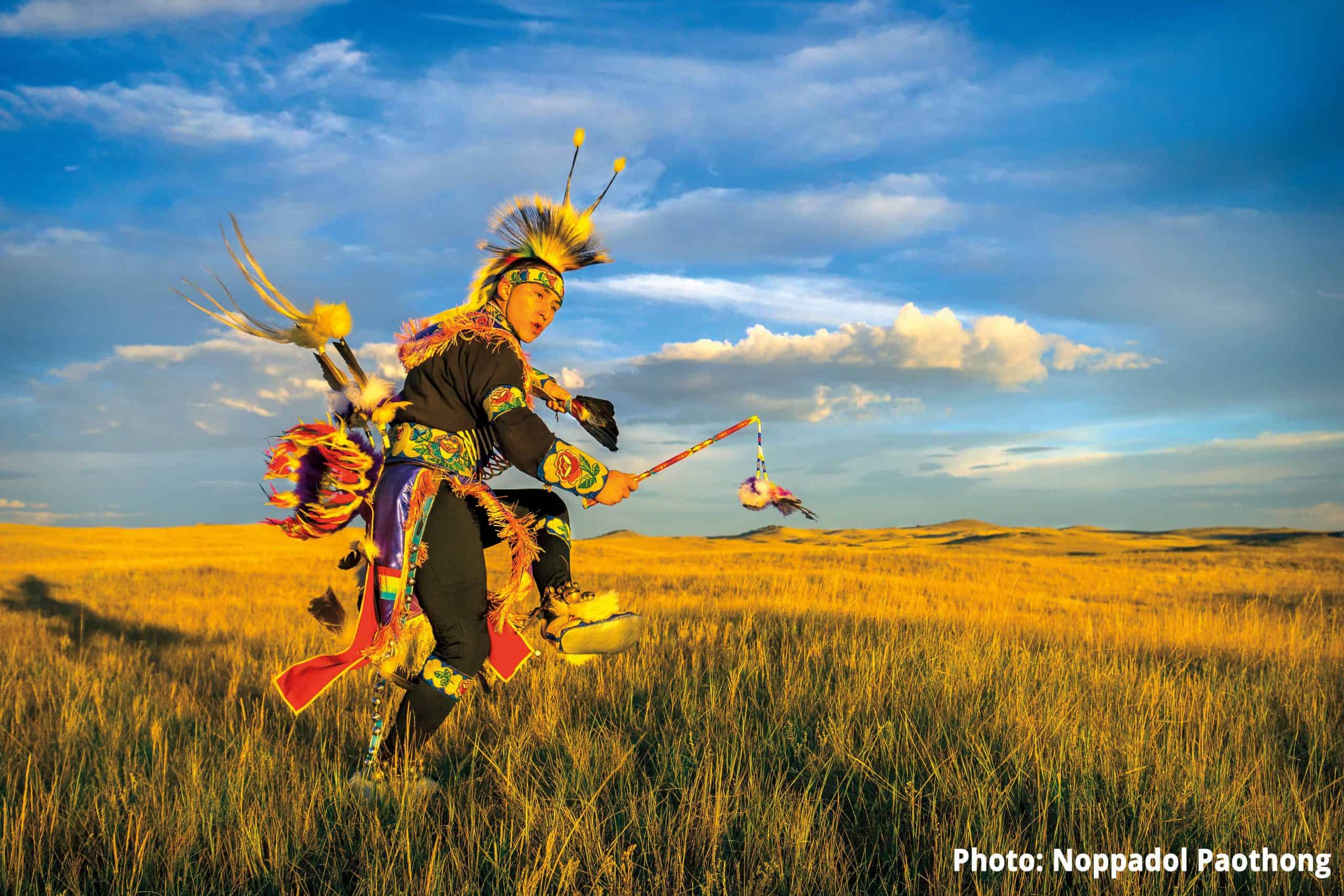

“As a rancher, you’re tied to the land and it means a lot to you. It’s important to take care of the land, to leave it better than you found it.”
John O’Keeffe, Oregon rancher and WLFW participant
Want to see sage grouse strut during their annual spring mating season? On certain public lands, it’s possible to watch the intimate action on a sage grouse lek at dawn. You might also see other wildlife such as mule deer, elk or songbirds!
We provide several tips for responsible viewing, so you don’t disturb the birds or damage their habitat.



